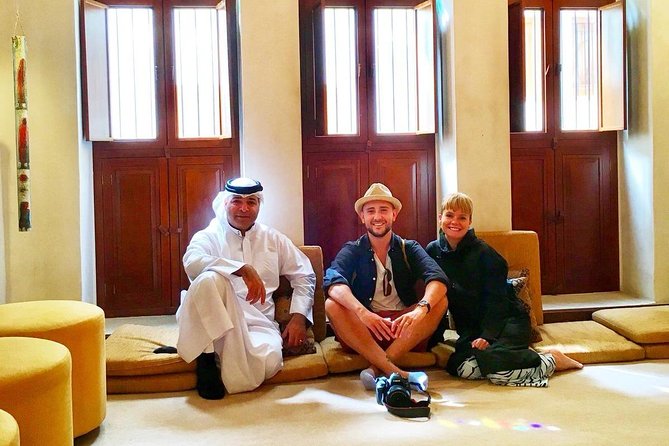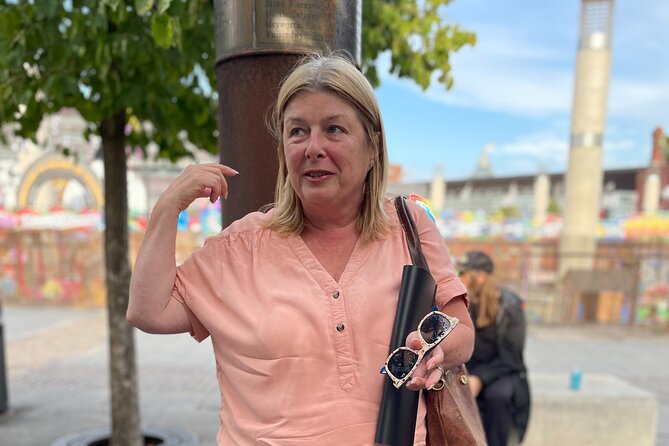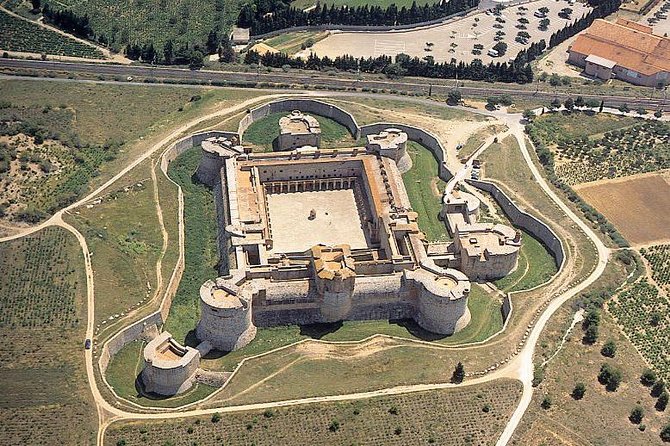The Berlin Private 6-Hour Tour to Sachsenhausen Concentration Camp Memorial offers visitors a profound and sobering exploration of one of Nazi Germany’s most notorious camps. Led by a licensed historian, the tour guides guests through the camp’s command headquarters, execution trench, gas chambers, and other significant locations, providing a deeper understanding of the atrocities committed against the over 200,000 prisoners imprisoned there from 1936 to 1945. As visitors reflect on the profound human cost of the camp’s horrors, they’re also confronted with the fragility of freedom and the importance of remembering history to ensure such tragedies never happen again.
Key Points
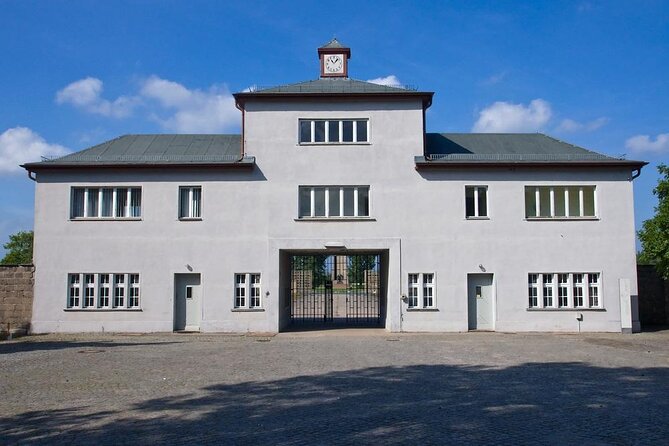
- A private 6-hour guided tour from Berlin to the Sachsenhausen concentration camp, a former Nazi prison that held over 200,000 inmates from 1936-1945.
- The tour is led by a licensed Berlin historian and includes visits to key sites within the camp, such as the punishment cells, gallows, gas chambers, and burial pits.
- Guests receive maps of Berlin and Sachsenhausen, as well as historical context about the camp’s role in the systematic persecution and murder of the Nazi regime.
- Public transport costs for an ABC day pass are covered, allowing visitors to focus on the tour and reflection on the camp’s tragic history.
- The tour provides a solemn opportunity to remember the profound human cost of the atrocities committed at Sachsenhausen and to consider how to build a more just, compassionate world.
Tour Overview
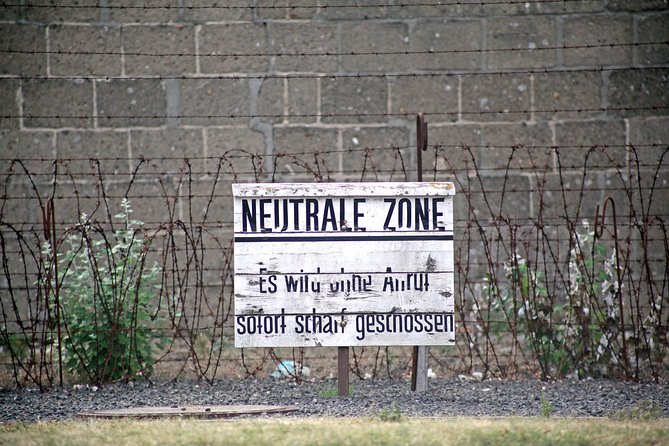
This private 6-hour tour from Berlin allows visitors to discover the Sachsenhausen concentration camp memorial, which was established by Nazi Germany.
Accompanied by an expert historian guide, guests will explore the camp’s command headquarters, execution trench, and other significant locations. The tour provides maps of Berlin and Sachsenhausen, as well as historical information to enhance the experience.
While food and drink aren’t included, the public transport costs for an ABC day pass are covered. Visitors can choose to go directly to the meeting point or request pickup from their Berlin hotels.
With over 200,000 people imprisoned at Sachsenhausen from 1936-1945, this tour offers a poignant and educational opportunity to learn about this dark chapter in history.
What’s Included
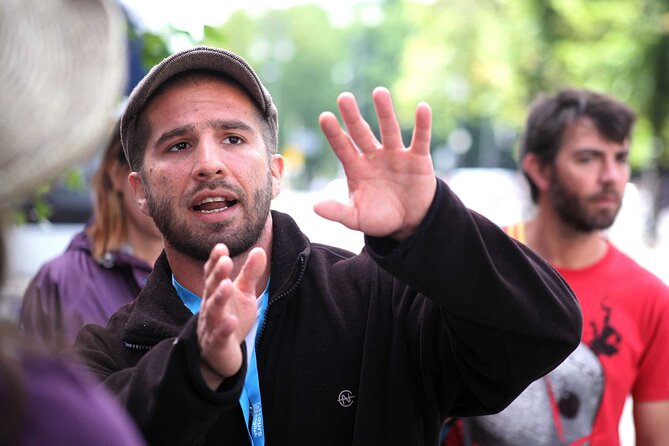
The tour includes a professional Berlin guide, licensed for Sachsenhausen tours, who’ll provide maps of Berlin and Sachsenhausen with historical information.
Plus, the public transport costs for an ABC day pass are covered, though food and drink aren’t provided.
Guests can choose to go directly to the meeting point or request pickup from their Berlin hotels. The meeting point is at Neue Promenade, in front of the Starbucks.
The tour focuses on exploring the former Nazi concentration camp, including visits to the punishment cells, gallows, gas chambers, and burial pits. This provides guests with a powerful and educational experience at this solemn historical site.
Meeting and Pickup
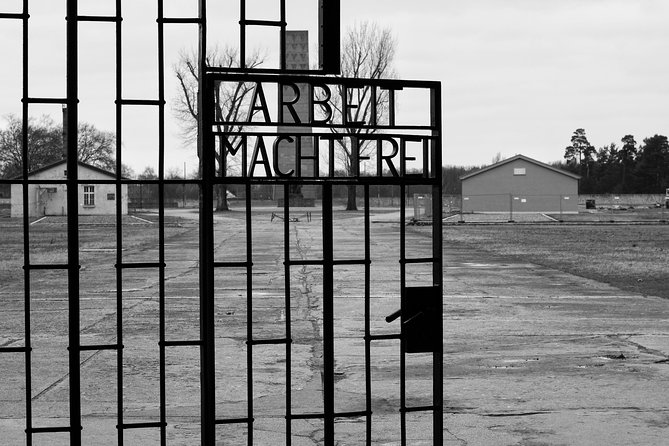
Guests can choose to go directly to the meeting point at Neue Promenade, in front of the Starbucks, or request pickup from their Berlin hotels.
The guided tour begins at this central location, making it easy for participants to access.
The pickup service is available for those who prefer not to make their own way to the starting point. This convenient option allows guests to relax and focus on the upcoming tour, without the hassle of navigating Berlin’s public transportation system.
The guide will be on-site at the designated meeting time, ready to lead the group on an insightful exploration of the Sachsenhausen concentration camp memorial.
Tour Details
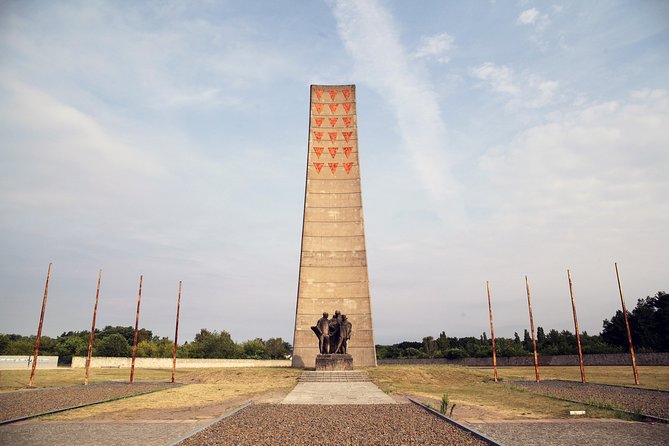
Sachsenhausen concentration camp, established by Nazi Germany, imprisoned more than 200,000 people from 1936 to 1945.
Prisoners included political opponents and those deemed ‘racially or biologically inferior‘, with tens of thousands dying from starvation, disease, forced labor, mistreatment, and systematic extermination.
The tour features visits to the camp’s key locations, including punishment cells, gallows, gas chambers, and burial pits.
Guests will gain a deeper understanding of the horrors that took place at this notorious site through the expert guidance of a licensed Berlin historian.
The tour provides a somber yet important opportunity to reflect on this dark chapter in history and honor the memory of those who suffered and perished.
Additional Information
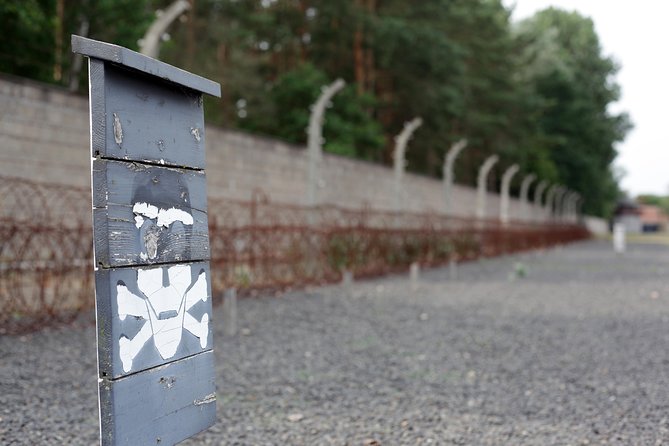
Confirmation is provided at the time of booking, and groups are allowed to enter the Sachsenhausen concentration camp memorial between 8:30-9:00 AM or after 1:30 PM. The tour is wheelchair and stroller accessible, and service animals are permitted, though a moderate level of physical fitness is required.
| Feature | Description |
|---|---|
| Confirmation | Provided at time of booking |
| Group Entry | 8:30-9:00 AM or after 1:30 PM |
| Accessibility | Wheelchair and stroller accessible, service animals allowed |
| Physical Fitness | Moderate level required |
| Additional Information | N/A |
The tour covers the concentration camp’s extensive history, including the imprisonment of over 200,000 people from 1936 to 1945, many of whom died from starvation, disease, forced labor, mistreatment, and systematic extermination.
Explore the Camp
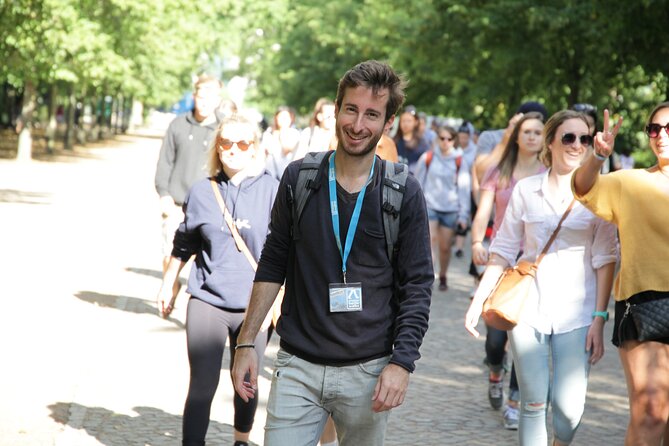
The tour guides lead visitors through the camp’s command headquarters, where Nazi officers oversaw the prisoners’ horrific treatment and fate. From there, they explore the execution trench, gas chambers, and other locations that serve as somber reminders of the atrocities committed within Sachsenhausen’s walls.
The tour highlights several key elements of the camp:
- The punishment cells, where prisoners were subjected to brutal forms of torture and deprivation.
- The gallows, where executions were carried out in front of other inmates as a means of terrorizing the population.
- The burial pits, where the bodies of those who perished were unceremoniously dumped, underscoring the dehumanizing conditions that prevailed at Sachsenhausen.
Historical Context
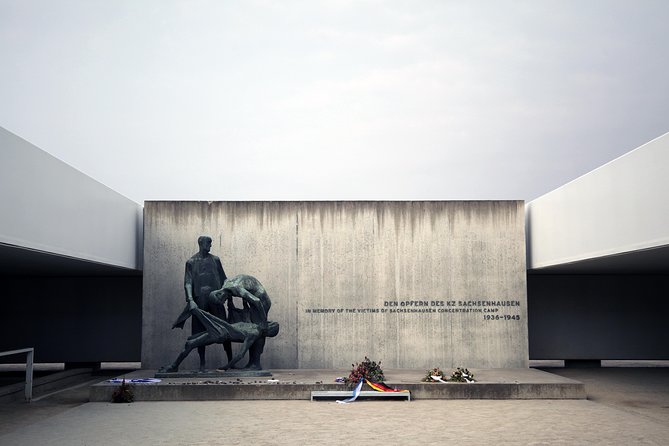
In the years leading up to World War II, Nazi Germany systematically established a network of concentration camps to imprison and eliminate those deemed undesirable by the regime.
Sachsenhausen, located just north of Berlin, was one such camp that played a pivotal role in this dark chapter of history. Opened in 1936, the camp initially held political prisoners and soon expanded to include Jews, as well as those classified as ‘racially or biologically inferior.’
Over the course of its operation, more than 200,000 people were imprisoned at Sachsenhausen, with tens of thousands dying from starvation, disease, forced labor, and systematic extermination. The camp’s command headquarters, execution trench, and other locations stand as somber reminders of the atrocities committed within its walls.
Remembrance and Reflection
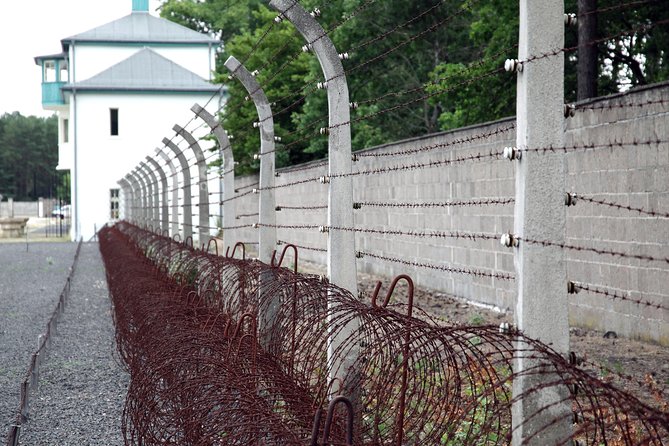
Today, guided tours of Sachsenhausen Concentration Camp Memorial offer visitors a solemn opportunity to reflect on the camp’s tragic history and honor the memory of those who suffered and perished there. The educational experience aims to foster understanding and prevent future atrocities.
Visitors can:
- Reflect on the profound human cost of the Nazi regime’s systematic persecution and murder of prisoners deemed ‘racially inferior’.
- Contemplate the resilience and courage of those who endured unspeakable cruelty in the camp.
- Consider how to build a more just, compassionate world by learning from the lessons of the past.
Through thoughtful exploration and remembrance, the Sachsenhausen tour guides visitors towards a greater appreciation for human dignity and the fragility of freedom.
Frequently Asked Questions
How Long Does the Tour Last?
The tour lasts 6 hours. According to the information provided, the ‘Berlin Private 6-Hour Tour to Sachsenhausen Concentration Camp Memorial’ includes a guided visit to the Sachsenhausen concentration camp memorial from Berlin.
Can I Take Photographs During the Tour?
Visitors are generally allowed to take photographs during the Sachsenhausen concentration camp memorial tour, though they’re asked to be respectful and avoid flash photography. Some sensitive areas may have restrictions on photography to preserve the solemn atmosphere.
Are There Any Restroom Facilities at the Memorial Site?
Yes, there are restrooms available at the Sachsenhausen Concentration Camp Memorial site. Visitors can use the facilities during their tour to ensure their comfort and convenience throughout the educational experience.
Can I Bring My Own Snacks and Drinks?
Yes, visitors can bring their own snacks and drinks to the Sachsenhausen Concentration Camp Memorial. The tour details state that food and drink are not provided, so participants are welcome to bring their own refreshments.
Will the Tour Guide Provide Historical Context About the Camp?
The tour guide will provide extensive historical context about the Sachsenhausen concentration camp, including details on the prisoners held there, the atrocities committed, and the camp’s role in the Nazi regime’s systematic persecution and extermination of ‘undesirable’ groups.
Recap
The Berlin Private 6-Hour Tour to Sachsenhausen Concentration Camp Memorial provides an in-depth exploration of one of Nazi Germany’s most notorious camps.
Visitors gain a deeper understanding of the atrocities committed against the over 200,000 prisoners imprisoned there from 1936 to 1945, reflecting on the fragility of freedom and the profound human cost of the camp’s horrors.

